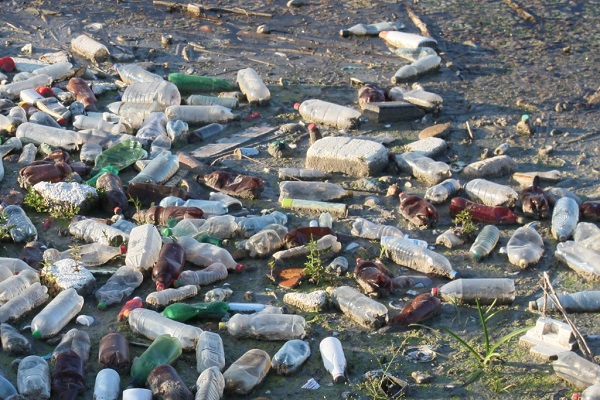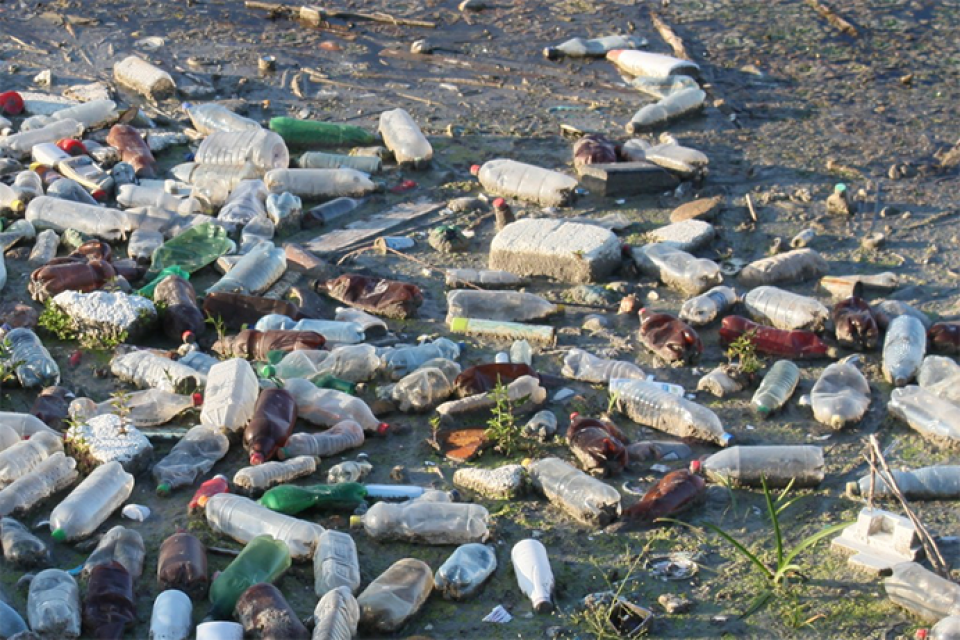Teaching Solutions to Water Pollution

In the 1970s, the Keep America Beautiful advertisements with the “Crying Indian” turned into one of the most iconic anti-pollution images of all time. Four decades later, The Connecticut Coalition for Environmental Justice (CCEJ) is taking inspiration from this classic campaign to educate the next generation about the importance of caring for the Quinnipiac River.
“We want people to understand that there are a lot of issues that cause pollution that are our responsibility as individuals,” said CCEJ Executive Director Sharon Lewis. “We talk about industry. But we as individuals also have to be accountable.”
Starting with a history of the Quinnipiac River and its original inhabitants, the Quinnipiac tribe, CCEJ’s education program teaches how the river was once a focal point of oyster harvesting and commerce. CCEJ members are bringing the program to schools, senior centers, places of worship, and community centers, located on and around the Quinnipiac River watershed.
Lewis said that in running the program, she was amazed to discover how little people knew about the river and its history.
“A lot of people don’t even have a clue about the tribe or its culture, or anything about the Quinnipiac River. We wanted to bring people all the way back and feel a bond with nature.”
About 1,000 people have attended the education programs so far, and Jones said she hopes that the history of the river will be included in the curriculums of area schools. In addition to the history, the program teaches about the impacts of pollution on the environment and ecosystem.
“We go from the good to the bad, how the Quinnipiac River became one of the most infamous rivers because if its pollution,” Lewis said. “Everybody is complicit. Boaters, people fishing, people on edge of water. It’s all about appreciating water. Clean water saves lives.”
The coalition has also reached out to people they find fishing in areas known to be polluted.
“People were shocked to find out that these waterways are poisonous.”

